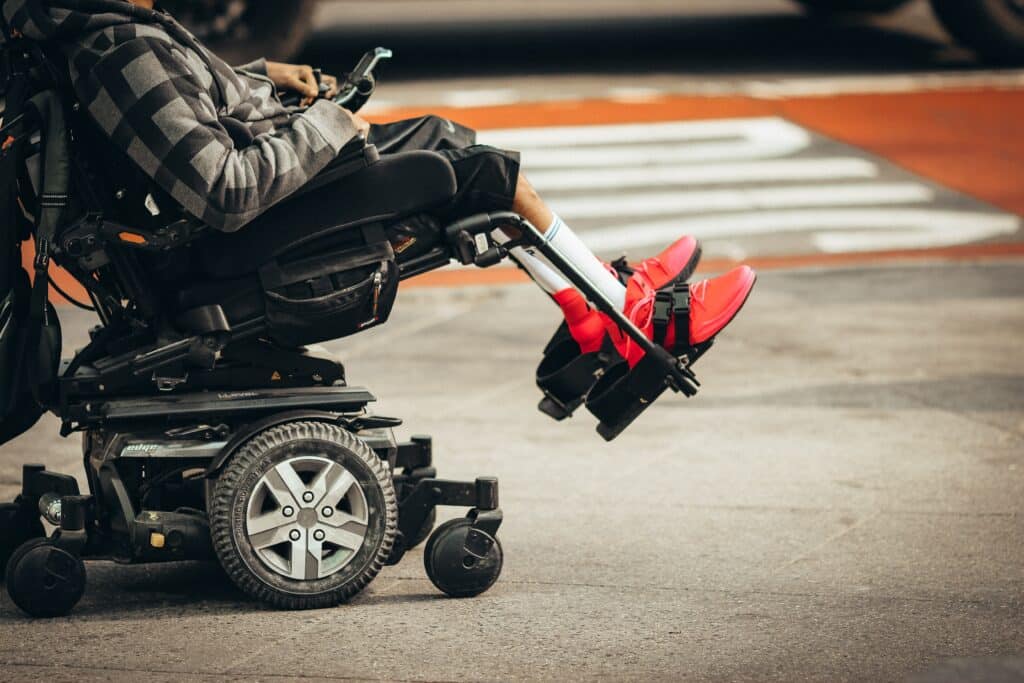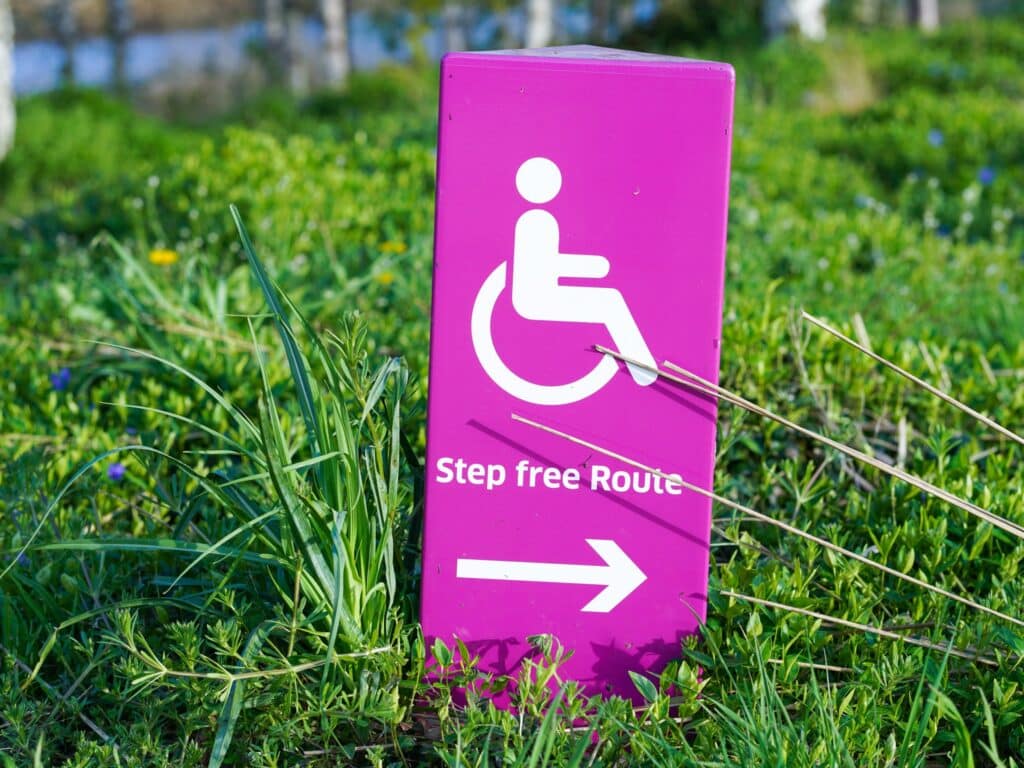While strides have been made to create inclusive and quality learning environments, a significant number of children in Nairobi with disabilities continue to encounter barriers that hinder their educational journey.

In the pursuit of educational equality, the plight of children with disabilities in Nairobi is a critical concern. These young individuals, brimming with potential, face obstacles that often thwart their aspirations for an education that empowers and enables them to thrive. The barriers they encounter go beyond physical limitations; they encompass systemic, attitudinal, and infrastructural challenges that require targeted interventions.
In a city that prides itself on progress, the lack of inclusive facilities and resources remains a significant hurdle. Many schools in Nairobi are not equipped to accommodate the diverse needs of children with disabilities, be it physical, sensory, or cognitive. The absence of ramps, accessible restrooms, and specialized teaching materials can be disheartening, effectively sidelining these children from their right to education. Addressing these infrastructural gaps is not merely a matter of convenience; it’s a fundamental step towards fostering an environment that values and includes every child, irrespective of their abilities.
Attitudinal barriers further compound the challenge. Deep-rooted misconceptions and stereotypes surrounding disabilities can perpetuate exclusion and undermine the potential of children with disabilities. It’s imperative to foster a culture of empathy and understanding within schools, communities, and families. Awareness campaigns and sensitization efforts can play a crucial role in dispelling myths, fostering acceptance, and nurturing a supportive ecosystem that enables children with disabilities to thrive.
Quality education is not solely about access; it’s about an educational experience that fosters holistic growth. Children with disabilities in Nairobi often lack access to tailored educational support that caters to their unique learning needs. Teachers, the backbone of any education system, require specialized training to effectively cater to diverse abilities in their classrooms. Professional development programs that equip educators with strategies for inclusive teaching can empower teachers to create an environment where every child’s potential is nurtured.

In a rapidly evolving technological landscape, the integration of assistive technologies holds immense promise. These technologies can bridge gaps, enabling children with disabilities to access educational content and participate actively in learning activities. Nairobi’s journey towards inclusive education can benefit significantly from the integration of innovative tools that empower children to learn, engage, and contribute.
Efforts to ensure inclusive education for children with disabilities are not limited to the school environment; they extend to policies and legal frameworks that champion their rights. Advocacy for policy changes that prioritize inclusive education and allocate resources for its implementation is vital. Collaborative partnerships between government bodies, civil society, and international organizations can drive change and ensure that children with disabilities are not left behind in Nairobi’s educational landscape.
In conclusion, the pursuit of inclusive education for children with disabilities in Nairobi is a collective responsibility that demands attention, action, and commitment. It’s a journey towards building an educational ecosystem that values diversity, fosters empathy, and creates opportunities for all. Inclusivity is not a distant goal; it’s a cornerstone of a thriving society that recognizes and celebrates the potential within every child, regardless of their abilities. By dismantling barriers, nurturing understanding, and enacting comprehensive reforms, Nairobi has the opportunity to pave the way for a brighter, more inclusive future for its children with disabilities.




